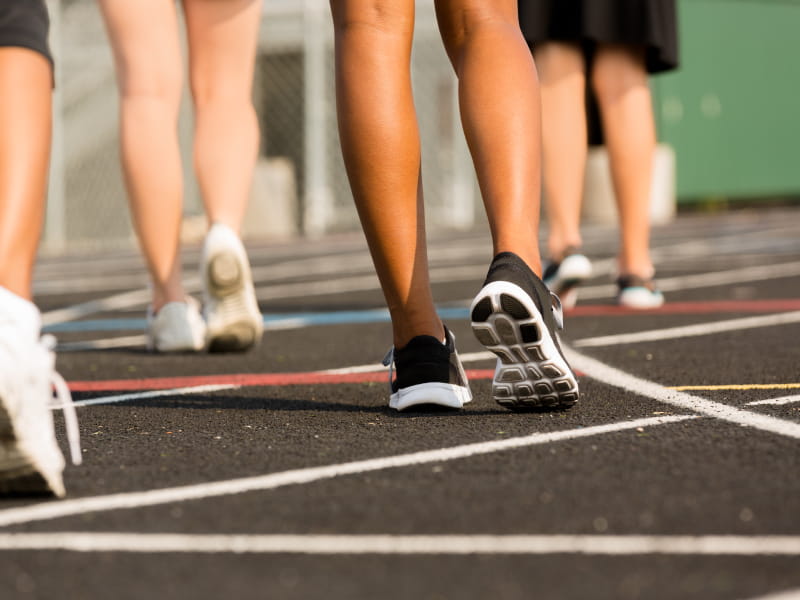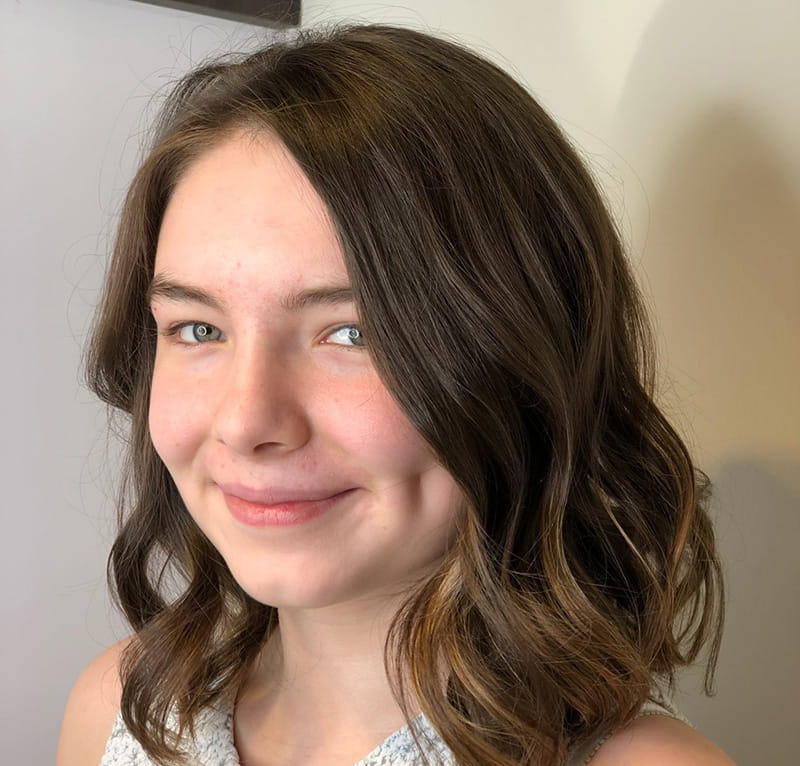How anti-gay attitudes hurt teen fitness
By Michael Merschel, American Heart Association News

Sofia Flynn is exceptional in many ways. The 17-year-old from Chevy Chase, Maryland, already works as an emergency medical technician and does data analysis in a research lab. She has her sights set on medical school and a career in psychiatry. And she works out regularly, in a gym and in dance class.
That last item puts Flynn, a high school junior who identifies as bisexual, in a distinct minority among American teenagers overall, and among non-heterosexual youths in particular.
About 29% of high school students in 2017 said they got the recommended hour a day of aerobic activity, according to statistics published recently by the American Heart Association. But only half that many students who are gay, lesbian or bisexual said the same. The gap was much greater for males than for females.
Many factors are at play, but barriers that drive sexual minority teens away from physical education classes and team sports are particularly significant, said Ethan Mereish, a clinical psychologist who is an assistant professor at American University in Washington, D.C.
"We know that homophobia exists, and students oftentimes experience discrimination, harassment, bullying, victimization and microaggressions related to their sexual orientation in schools," said Mereish, who has led research on LGBTQ teens and exercise. Schools also are the primary place where adolescents learn about and take part in physical activity.
Teens of any sexuality might feel out of place in gym class, he acknowledged. But sexual minority kids are often specifically targeted. That can make gym and sports teams "an environment that is unfriendly and unsafe."
Mereish directs American University's Lavender Lab, which studies LGBTQ health issues. Flynn, who attends D.C.'s prestigious Sidwell Friends School, works as an assistant there. Although she played soccer and lacrosse through middle school, Flynn said she didn't experience blatant homophobia regarding sports.
But some friends have ended up on teams where people hurl homophobic slurs. Some, she said, have had to try to bury their orientation when they play. "They kind of hide that part of themselves to some extent during the practice in order to just kind of get through it."
She understands that feeling. In middle school, as she was becoming aware of her sexuality but was still closeted, the gym class locker room became an awkward place.
"The situation was just kind of uncomfortable," she said. She learned to get dressed and get out fast. "I just really kind of avoided the locker room for the most part as much as I could."
A combination of factors kept her engaged with fitness. First, a heart condition motivates her to stay active. Also, she discovered dance. And the dance classes at her school have been places where LGBTQ teens feel welcome, she said. "It definitely has always been kind of like a safe bubble, which is super nice."

Many LGBTQ teens don't get that kind of opportunity, said Ryan Pettengill, executive director of You Can Play, a nonprofit that works to affect sports culture so LGBTQ athletes feel welcome.
He cites an international study that shows the challenges: 73% of participants said they thought youth sports weren't safe and welcoming for gay, lesbian or bisexual people.
The biggest barrier, Pettengill said, is coaches' language, which can be laced with homophobic slurs aimed at players. "They hear words like that all the time," from professional leagues down to high school.
Solutions, he said, need to focus on entire communities. You Can Play inspired a viral series of student-led videos that send a message of inclusion, but the real work has to start at the top, Pettengill said.
"I think the most important thing that a coach or administrator or principal can do is challenge their own culture as a staff." Whether it's teachers' language or a district's bathroom policies, "if you're going to encourage the kids to do the right thing, you have to challenge yourself to do the right thing."
Mereish agreed it's not fair to put the burden of change on teens. It's not always safe for them to speak up, he said. But allies can help. He said research has shown the mere presence of a gay-straight alliance club at a school improves students' health.
Flynn said she feels lucky to have had a loving family that helped her stay physically and mentally healthy. She also is happy to attend a school that has inclusive attitudes and facilities.
"I have friends who are transgender and have transitioned and are able to use either a gender-neutral locker room or the locker room that aligns with how they identify, which is definitely not true of every school," she said.
Like Mereish, Flynn thinks the ultimate answer to removing barriers to fitness goes beyond the gym. Schools, she said, should have "an open discussion about LGBTQ issues, not treating it as something weird or taboo."
Because ultimately, "the health and well-being of teenagers, whether they're gay or straight or bisexual, is important," Flynn said.
"I think it's important to have those kids be able to be out at school, be accepted at school, and then have the confidence to try out for that team or to join a dance class or even just to go into the gym and lift weights and feel like they're welcome to be in that environment."
If you have questions or comments about this story, please email [email protected].




